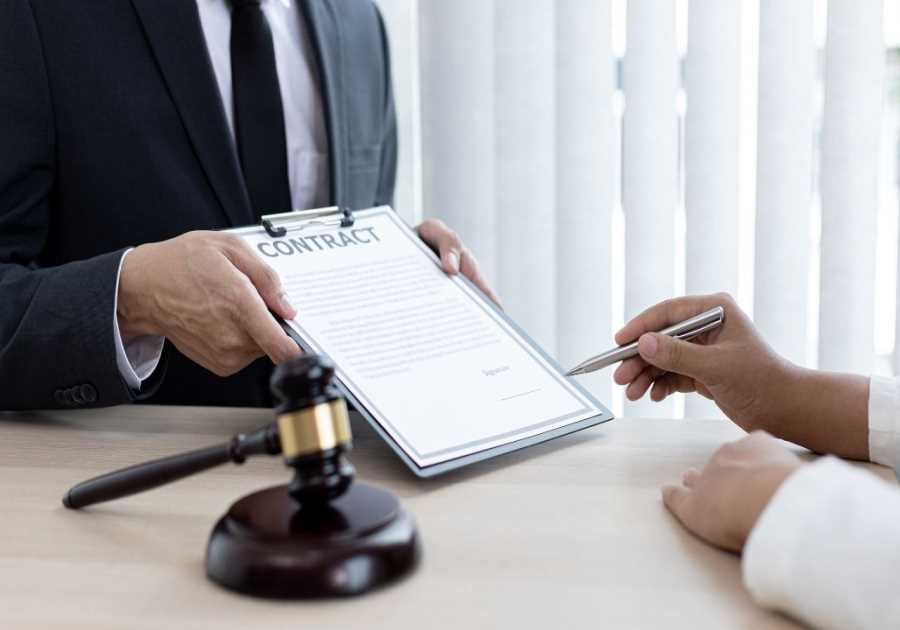Although sometimes overlooked in discussions about corporate taxation, capital allowances play an important role in a country’s corporate tax base and can impact investment decisions—with far-reaching economic consequences. And as today’s map shows, the extent to which businesses can deduct their capital investments varies greatly across European countries.
Businesses determine their profits by subtracting costs (such as wages, raw materials, and equipment) from revenue. However, in most jurisdictions, capital investments are not seen as regular costs that can be subtracted from revenue in the year of acquisition. Instead, depreciation schedules specify the life span of an asset, which determines the number of years over which an asset must be written off. By the end of the depreciation period, the business would have deducted the total initial dollar cost of the asset.
However, in most cases, these depreciation schedules do not consider the time value of money (a normal return plus inflation). For instance, assume a machine costs $10,000 and is subject to a life span of 10 years. Under straight-line depreciation, a business could deduct $1,000 every year for 10 years. However, due to the time value of money, a deduction of $1,000 in later years is not as valuable in real terms as today’s deduction. As a result, businesses cannot fully deduct the net present value of capital investment. This inflates taxable profits, which, in turn, increases the cost of capital investment. A higher cost of capital can lead to a decline in business investment and reductions in the productivity of capital and lower wages.
The map reflects the weighted average capital allowances of three asset types: machinery, industrial buildings, and intangibles (patents and “know-how”). Capital allowances are expressed as a percentage of the present value cost that businesses can write off over the life of an asset. The average is weighted by the capital stock’s respective share in an economy (machinery: 44 percent, industrial buildings: 41 percent, and intangibles: 15 percent). For instance, a capital allowance rate of 100 percent represents a business’s ability to fully deduct the cost of an asset—either through full immediate expensing or neutral cost recovery. For example, Estonia and Latvia only tax distributed profits while reinvested earnings are untaxed. This allows for 100 percent of the present value of capital investment to be written off.
As of 2022, Estonia (100 percent), Latvia (100 percent), and Lithuania (88.2 percent) allowed for the best treatment of capital investment, while businesses in Spain (61.3 percent), Norway (60.7percent), Poland (59.3 percent), and Hungary (58.3 percent) could write off lower shares of investment costs.
For comparison, in 2022, the U.S. allowed its businesses to recover on average 67.7 percent of capital investment costs. Nevertheless, bonus depreciation, which was adopted in 2017, is phasing out in 2023. By 2027, the treatment of business investment will return to a much less generous policy.
On average, in 2022, businesses in Europe could write off 72 percent of the present value cost of their investments in machinery, industrial buildings, and intangibles. By asset category, the highest capital allowances were for machinery (87.3 percent), followed by intangibles (81.7 percent), and industrial buildings (52.1 percent).
In 2022, some countries, like Estonia and Latvia, had provisions to allow businesses to deduct the full cost of investment. Other countries like the United Kingdom and the United States provided full deductions for certain investments in equipment. Unfortunately, some of these policies are temporary, and as the policies expire, the after-tax cost of investment will rise.
In Germany, accelerated depreciation schedules for machinery that were in place for the years 2020-2022 expired at the end of 2022. Nevertheless, countries like Finland and the United Kingdom recognized the importance of capital allowances in supporting business investment and decided to prolong or modify the policies set to expire.
In Finland, the declining-balance depreciation rate for machinery was temporarily doubled for the years 2020-2023. A proposal to extend the increased depreciation rules to 2025 was recently approved.
In the United Kingdom, the temporary super-deduction of 130 percent for equipment that expired at the end of March 2023 was replaced by temporary full expensing, set to expire on March 31, 2026. Additionally, long-life asset investments will be subject to a 50 percent first-year deduction, and the corporate tax rate increased from 19 percent to 25 percent as of April 2023.
Apart from capital allowances, statutory corporate income tax (CIT) rates significantly determine the amount of corporate taxes businesses are required to pay. One of our previous maps provides insight into European statutory CIT rates.
As European countries try to support investment, policymakers should aim to permanently provide immediate deductions for investments in machinery and equipment, and for all other capital investments they should provide adjustments for inflation and the time value of money.
The post Capital Allowances in Europe, 2023 appeared first on Tax Foundation.
Read MoreBy: Colby Pastre
Title: Capital Allowances in Europe, 2023
Sourced From: taxfoundation.org/data/all/global/capital-allowances-in-europe-2023/
Published Date: Tue, 25 Jul 2023 13:00:24 +0000
----------------------
Did you miss our previous article...
https://trendingintaxation.com/taxes/can-i-get-disability-if-i-owe-back-taxes






